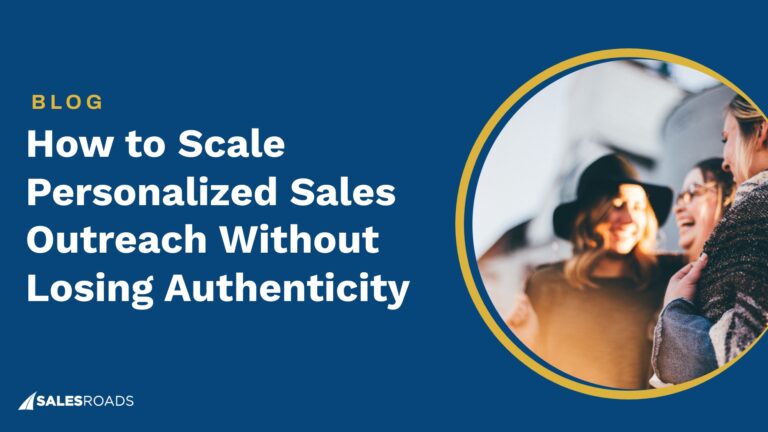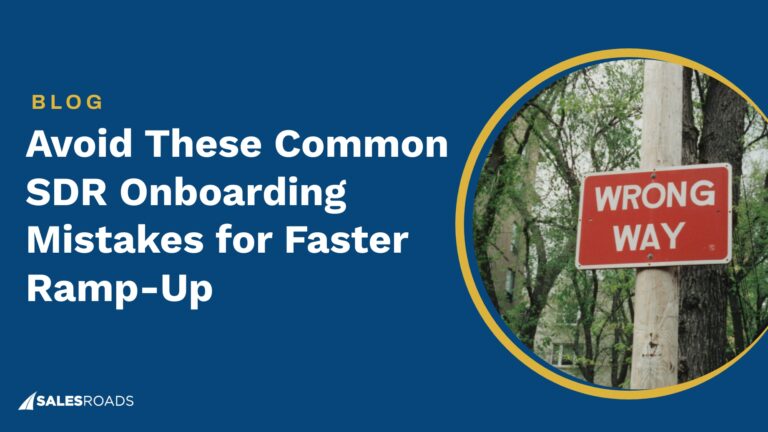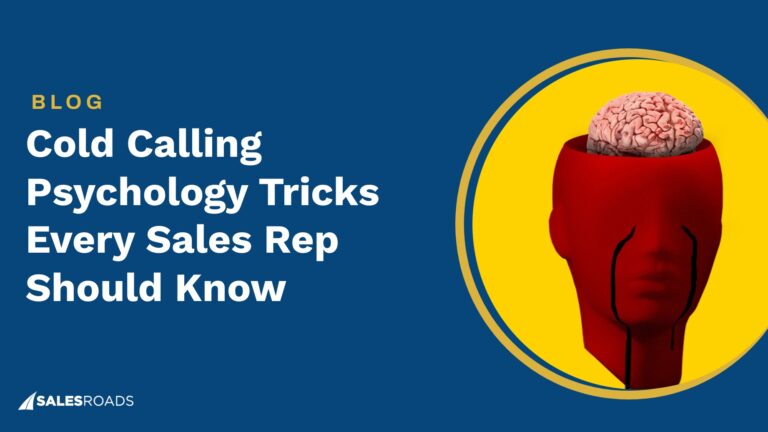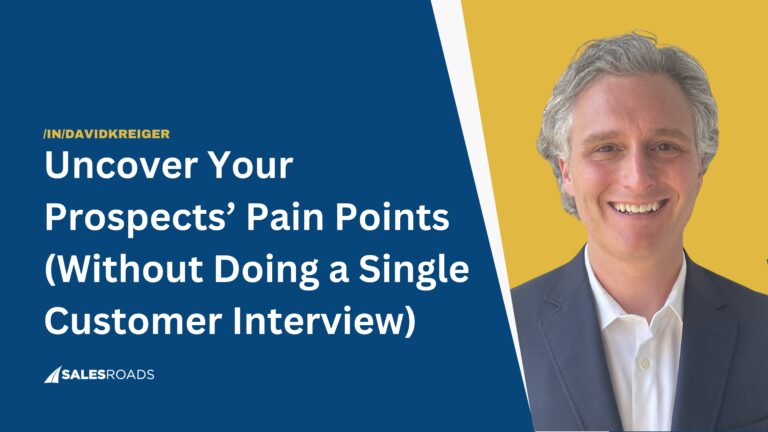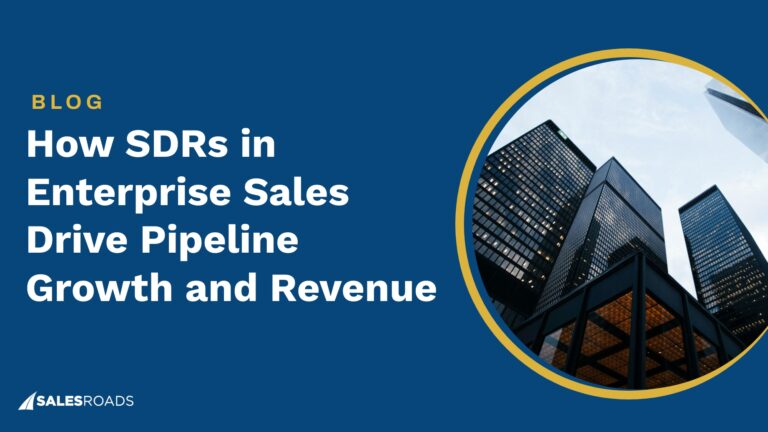In B2B sales, identifying potential buyers is crucial. This is where the concept of a sales lead vs. prospect comes in. Some companies, however, miss out on valuable opportunities by not properly distinguishing between these two stages.
Treating all potential buyers the same way, regardless of their level of interest, can be a recipe for wasted time and resources. To maximize conversions and achieve sales goals, understanding the key difference between a prospect and a lead is essential.
What is a Sales Lead?
A sales lead is essentially an initial indication of interest from someone who could become a customer. This information might include contact details like name, email, or company size, gathered through various sales and marketing efforts like email campaigns, contact forms, or social media outreach.
Leads are like the raw material that feeds into the sales funnel, yet it’s important to understand that not all leads are created equal. While a lead shows some level of interest, it doesn’t guarantee a buying decision.
What is a Prospect?
Prospect meaning in business is a crucial aspect of B2B sales. While a lead represents a starting point in the sales funnel, a prospect is a much warmer contact who has moved further along the sales process. Think of a prospect as a potential buyer who has shown a more demonstrable interest in your product.
Here’s where the marketing team’s efforts in generating qualified leads become crucial for the sales team. Through qualification questions and lead nurturing, the marketing department helps identify leads that exhibit a good fit for the company’s buyer personas and target markets. These qualified leads are then passed on to the sales team, where they are transformed into prospects.
So, what are the key differences between a lead and a prospect? Leads are essentially potential leads in the initial stages of the sales funnel. They might have shown some cursory interest, but they haven’t necessarily engaged in two-way communication or expressed a specific need.
Sales reps use their expertise to qualify these leads, assessing factors like budget, decision-making authority, and potential needs.
4 Main Differences Between a Prospect and a Lead
Differentiating between a prospect and a lead is crucial for maximizing success. While both represent potential customers, they occupy distinct positions within the sales funnel. Understanding these key differences allows businesses to optimize their marketing efforts and sales strategies to nurture leads and convert them into qualified prospects, ultimately leading to more sales opportunities and happy customers.
Here’s a breakdown of the four main differences between a lead and a prospect:
Level of Engagement
Leads are essentially potential buyers in the initial stages of the sales funnel. Their interaction might be limited to downloading a free e-book, signing up for a newsletter through an email marketing campaign, or visiting your website.
This initial interest shows some promise, but it doesn’t necessarily translate to a strong desire to purchase. Leads haven’t yet engaged in two-way communication and haven’t expressed a specific need.
Prospects, on the other hand, have taken a more significant step towards becoming customers. They have demonstrated a deeper level of engagement with your brand. This might involve requesting a product demo, scheduling a consultation with a sales rep, or downloading in-depth case studies.
Prospects are actively involved in the sales process and are more likely to be receptive to learning about your product or service in detail.
Qualification
Leads are generally unqualified at this point. The marketing team might have gathered some basic information like name, email address, or company size, but a thorough understanding of their needs and budget is still lacking.
Prospects are qualified leads who have been nurtured through targeted marketing efforts. The marketing department plays a key role in identifying leads that align with the company’s established buyer personas and target markets.
Through qualification, the sales team gains a deeper understanding of the prospect’s specific needs, pain points, and budget. This valuable information allows them to tailor their sales pitch and offer solutions that directly address the prospect’s situation.
Intent to Purchase
Leads haven’t necessarily expressed a clear intent to purchase. Their initial interest might be exploratory, and they might be considering various solutions from different vendors.
Prospects exhibit a stronger intent to purchase. Their deeper engagement with your brand and their request for further information suggest a higher likelihood of converting into a sale. They are actively researching solutions and are more receptive to sales conversations that demonstrate how your product or service can address their specific needs.
Position in the Sales Funnel
Leads represent the initial stage of the sales funnel. They are a wide net cast by the marketing team to capture a broad range of potential buyers. Not all leads will convert into prospects, and a significant portion might require nurturing through targeted marketing campaigns before they progress further down the funnel.
Prospects are much further along the sales funnel compared to leads. They have been qualified by the marketing team and are considered prospective customers with a higher chance of converting into sales.
How to Turn a Lead into a Prospect?
Transforming a lead into a qualified prospect is a crucial step in the sales process. Leads represent potential buyers who have shown some initial interest, but they haven’t yet demonstrated a strong commitment to your product or service. The goal is to nurture these leads and move them further down the sales funnel by converting them into prospects.
Here are some key strategies to effectively turn leads into prospects:
Qualification is Key
Not all leads are created equal. Utilize qualification questions to assess a lead’s fit for your offerings. These questions should delve into their specific needs, budget constraints, and decision-making authority within their company.
CRM systems, automation, and social selling tools can also be helpful in this stage, segmenting leads based on their behavior and interests. By focusing on qualified leads, your sales team can dedicate their time and resources to the most promising opportunities.
Utilize a Nurturing Strategy
Develop a nurturing strategy to keep your qualified leads engaged throughout the sales cycle. This might involve sending automated email sequences with valuable content, offering free trials, or scheduling follow-up calls to ensure they stay informed about your product or service.
Foster Two-Way Communication
Move beyond one-way communication. Engage with your leads through personalized emails, phone calls, or social media interactions. Respond promptly to their inquiries and address their concerns directly. This two-way communication demonstrates that you value their needs and builds stronger business relationships.
Bottom Line
B2B sales thrive on understanding the difference between a prospect and a lead. By effectively distinguishing these two and implementing targeted strategies, you can optimize your sales funnel and maximize conversions.
Remember, qualified leads are the golden eggs – nurture them strategically through valuable content, personalized communication, and well-defined qualification processes. This meticulous approach will help you convert these leads into qualified prospects who are ready to become happy customers, ultimately achieving your business goals.






